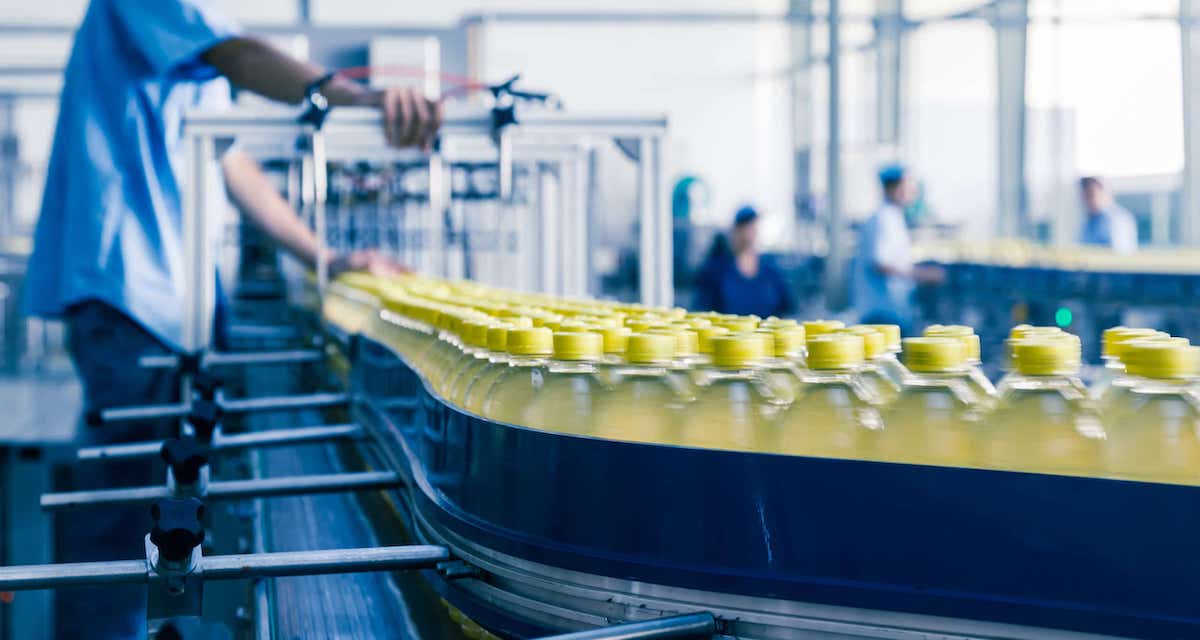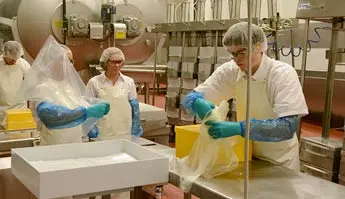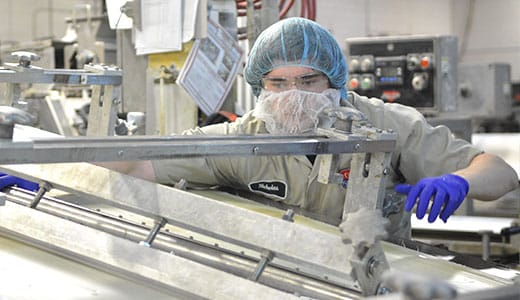Posted by Zosi Team

Implementing a HACCP System requires that both Prerequisite Programs and HACCP Plans are implemented. Prerequisite programs are programs that are put in place in the facility to control hazards in the environment, preventing contamination of the product.
Many factors are taken into account to successfully produce safe and wholesome food. Governmental regulations guide implementation of GMPs, which stands for Good Manufacturing Practices, and outline prerequisite programs and HACCP plans to ensure the safety of the consumer. PRPs and HACCP Plans combined are essential to the development and implementation of a full HACCP system. The stronger the prerequisite programs are, the stronger your food safety plan will be. PRPs and HACCP plans provide the basic environmental and operating conditions necessary for safe and wholesome food.
The Difference Between PRPs and HACCP Plans
While prerequisite programs and HACCP plans work together, each type differs from the other. Prerequisite programs deal indirectly with food safety issues and are more general in nature. They may be applicable throughout the plant, crossing multiple product lines. If your facility fails to meet a prerequisite requirement, the result is seldom a food safety hazard or concern. HACCP systems, however, deal uniquely with food safety issues. They are scientifically based, originating from hazards analyses. They are product and line specific. In HACCP plans, deviations from a critical limit typically result in action against the product.
When developing your prerequisite programs, keep in mind that many PRPs are based on cGMPs, or current Good Manufacturing Practices, and sanitation regulations. Outline ingredient specifications, including any raw materials used to create your product packaging, and processing aids that might affect the output. Allergen management programs, both cleaning and labeling, are included in prerequisite programs. Facilities that manufacture ready-to-eat products must legally also include microbiological monitoring in their PRPs. Additionally, include traceability programs that outline sourcing from raw materials to final product. Supplier approval programs should also be included in prerequisite programs.
One of the most critical programs included in PRPs is employee training. By effectively training employees, you reduce risk in other aspects of your HACCP plans and prerequisite programs. Food safety and personal hygiene training are the minimal requirements from FSMA for essential employee training. Employees must be trained upon hiring, and there must be at least annual refreshers for all employees to remain in compliance. Reinforcing key concepts with training and other visual reminders encourages employees to follow food safety and HACCP plans. Additionally, individuals involved in activities related to a critical control point or having to do with preventive controls might need specialized training to ensure that all procedures are being executed correctly and to be in SSOP compliance.
FSSC 22000 lays out additional prerequisite programs for food safety that are essential to GMPs. There are several key PRPs related to the physical layout of the facility and the facility itself. The construction and layout of the building itself play an important role in the prerequisite programs for ISO 22000, including the layout of the premises and workspace. Include additional programs for utilities, waste disposal, and cleaning and sanitizing. Both layout and cleaning and sanitizing act as measures for prevention of cross contamination. FSSC 22200 requires that Operational Prerequisite Programs (OPRPs) be identified within the food safety system, as well. OPRPs are used to control the likelihood of introducing food safety hazards or contamination of the product. They are primarily used to reduce food safety issues and should not be used for food quality parameters. OPRPs are almost equally important to CCPs in the food safety system, and thereby must be verified and validated. They are defined based on risk, so a detailed risk assessment is vital to establish them.
Conclusion
HACCP plans are complementary to other programs, including industry and inspection programs. They must coexist with adequately implemented PRPs. A HACCP system relies on SSOPs and SPS (Sanitation Performance Standards) to serve as a solid foundation to be fully functional. With strong PRPs for food safety, your facility can effectively implement a HACCP system and protect your customers. Industry standards are ever evolving, but with regular employee training, you can ensure that you stay up to date with regulations and ensure safe, quality food to your consumers. Learn more about our accredited HACCP training.



 Basic HACCP Certification Course
Basic HACCP Certification Course
 Basic HACCP Certification – Juice and Beverage
Basic HACCP Certification – Juice and Beverage
 Course Bundle – Basic and Advanced HACCP Certification
Course Bundle – Basic and Advanced HACCP Certification

